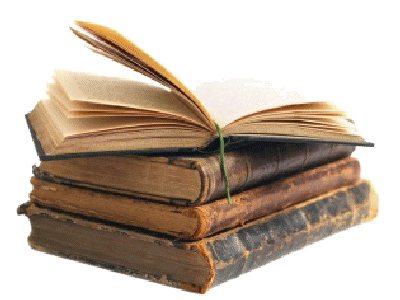|
In 1926 Caru received a commission to write some children’s stories. Though he had not written anything for younger readers previously, he jumped at the chance. Perhaps he had had some ideas already in his mind, or perhaps it was the lure of an up-front pay cheque that persuaded him to tackle the task. They would be used in a compilation of Welsh Fairy Stories, made up of new offerings from contemporary writers and some traditional ones. Caru set to work at once and had five stories complete and ready on the publisher’s desk before the month was up. He delivered them in person and demanded to be paid in cash, muttering something about the Inland Revenue not getting a penny of his hard earned money, as he never got anything he needed from the State.
Thus his contributions went unaccredited. This was a deal he later regretted. The book itself was never a best seller, but continued to be a steady seller and went through regular prints every so often. Caru never got any royalties from the book, and felt that if he had been credited it would have led to other offers over the years. His frustration at this climaxed when on a rare visit to Cardiff he was found writing ‘by Huw Puw Caru’ underneath the titles of his stories in all the copies on the shelf at the biggest bookshop. The police were called and the shop demanded he bought all the copies he had defaced. A compromise was reached whereby the shop could sell them as ‘signed by the author’ copies and he was made to promise that he wouldn’t pull the same stunt again. Naturally he did, but that led to a night in the cells and several signed and paid for by the author copies on his bookshelf at home. He occasionally gave one away as a present to those he knew who had young children.
Despite the financial setback Caru remained pleased with his stories. He had taken the opinion that children appreciate stories that are both repetitive and developing. Repetition meant familiarity, so that when the story was read to the child, he or she could join in over and over again. After his death, several other largely complete (as judged by the number of corrections per page) children’s stories were found buried in his papers. Whether these dated originally from 1926, or were written at a later date is unknown.
The loss of earnings from the stories was compounded when, in 1933, the makers of Quicka Bara Brith made a deal with the publisher to help promote their product including a collectors stamps in each packet of the ‘just add water and one egg’ mix. The stamps showed paintings based on Caru’s five stories for the first series. Trying to collect a full set of these proved elusive for collectors. Quika made sure that most packets going to one area only contained two or three of the five stamps. And one stamp for each part of Wales was held back until just before the offer ended.
Incidentally, the original paintings used for these stamps used to hang in the Children’s section in the Welsh National Gallery in Cardiff; until they disappeared one day after a primary school art exhibition was packed up and dispatched. One painting turned up in a car boot sale in 1985 and was bought for £3. The others are considered lost.
 |
|


